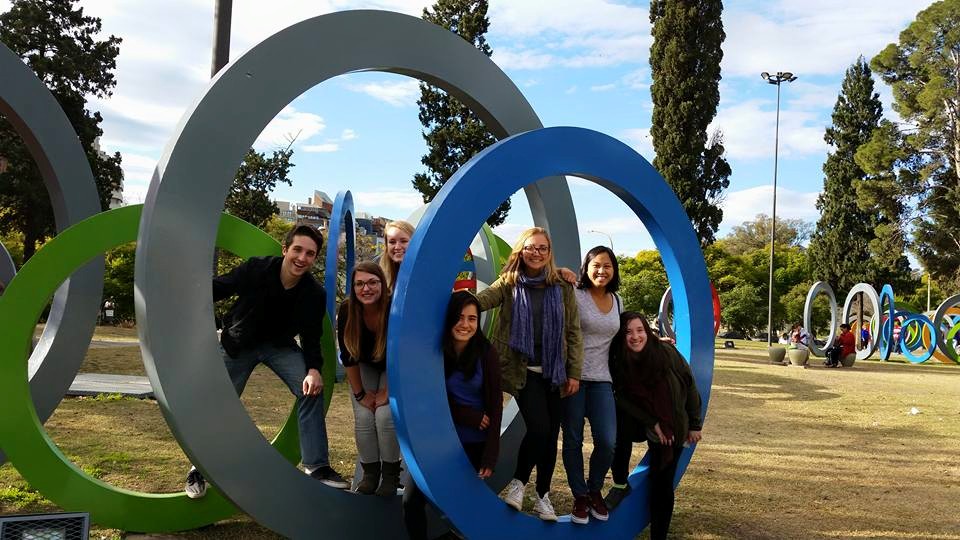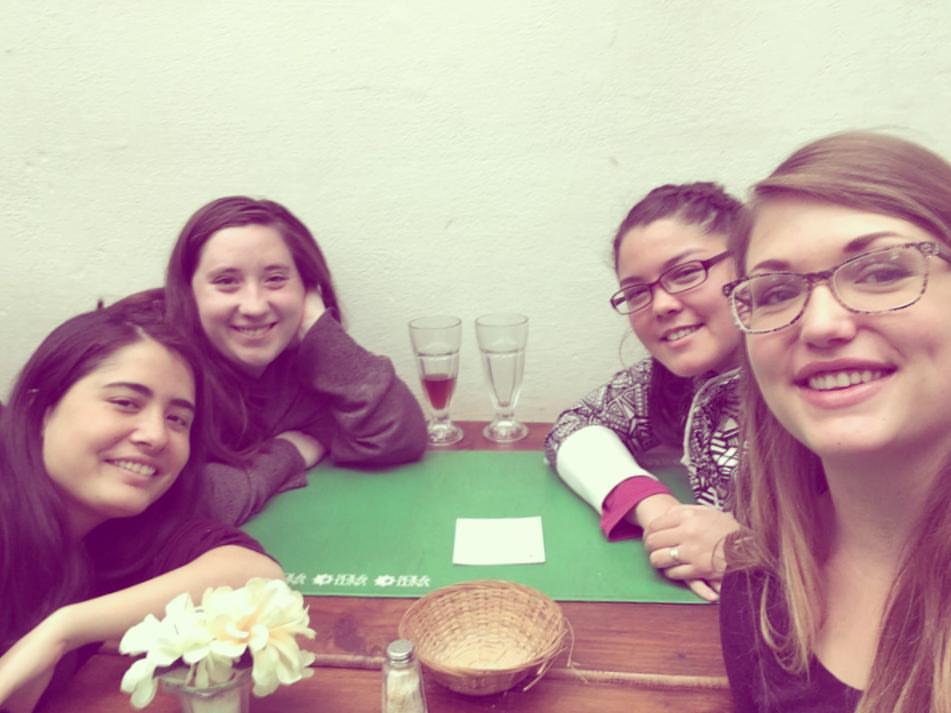And I’m BACK
So it has been a week since I got back. So far, so good. I have not become extremely bored, my friends and family do not seem to have tired of my stories, I haven’t had too many difficulties communicating what I want to communicate, and according to them, I don’t seem to really have changed that much (don’t know whether or not this is a good thing).
I do miss speaking Spanish all the time, and I want to find people I can speak Spanish with…It’s a little hard in Hawaii, because there really aren’t that many Spanish speakers. I watched a Spanish TV show the other day, so that helped. It also helps that I’ve seen a variety of different people over the course of this week (that way I can tell the same stories and they don’t get old!), and that they have been curious about what I’ve been doing, about Argentina, etc. It’s been a year since I’ve seen most of my friends here, so we have a lot to catch up on! Some people at my church, for example, didn’t even realize I was in Argentina, because I go to school on the east coast, and they thought I’d just been over there this whole time.
In some ways it has been strange coming back, because home—Hawaii, my neighborhood, a lot of the people here—really hasn’t changed that much. In a lot of ways, it is exactly as I remember it. I guess that makes sense, because it didn’t really change that much the 19 years that I lived here. I suppose it seemed like I was away for a really long time for me, because I was experiencing a lot of new things, and changing a lot, but it really wasn’t that long in the big scheme of things, or in the history of a place. Also, from outside of the country, it seemed like the U.S. changed a lot. Trump was elected, for example. But as far as things go in a small town in Hawaii, this didn’t change anything, at least not on a physical, visible level.
I think it also helps that two of my closest friends from home were also studying abroad this semester. So to a certain extent, they more or less know what I’m going through. Also, the facebook group chat that we had amongst all of us Americans in the Spanish Studies Abroad program is still up and running, and all of them understand even more precisely how it feels to be back.
In one way, being home is entirely as I expected. I thought I would be really happy, once I got here, to be in Hawaii, to see my friends and family, and my dog. He’s scratching my keyboard right now, trying to get my attention. All of that was true. It is really really nice to see friends and family again, especially friends who I haven’t seen in over a year. And my dog is adorable.
I do miss my host family, though, and my friends over there. I’ve been thinking about them. Sometimes they show up in dreams. Sometimes Córdoba shows up in dreams. Been keeping up with some of them via whatsapp and social media. For now I’m just glad I got to know them, and that I can tell stories about them to my friends and family here. It’s a nice way to remember.
Over all, things have been pretty good. Of course, it has only been a week since I’ve been back. However, I think it helps that I have travelled out of the country before, and that I go to school on the other side of the U.S., which, in some ways, is like another culture. I’m going to see how it goes when I go back to school on the East Coast. That might be more of a culture shock, especially with the cold, and the schoolwork (in some ways it feels like I’ve been on vacation for seven months). So far, at least, here in Hawaii, I’ve been keeping myself entertained, enjoying time with friends and family, and preparing for Christmas and the upcoming semester.
One pleasant surprise that welcomed me home was the discovery of alfajores in Whole Foods! I first noticed that they were selling this type of Dutch cookie that I had come to love while visiting friends in the Netherlands (Stroopwaffel), and then I turned the corner and there were three types of alfajores! I was super excited but also thought, well shoot, why did I bring home all those alfajores if now they are selling them here? Still, it was a nice surprise.
Another pleasant surprise was bottled yerba mate. Maybe I just didn’t notice it before, but according to my brother, it has been around for a while. I nearly screamed when I saw it in the grocery store. WHAT? Is this what I think it is? So this might be the biggest reverse culture shock experience that I have had. I come back to Hawaii and it is turning into Argentina!
(Also, Happy Holidays/Merry Christmas/Feliz Navidad! Wrote this before Christmas day but am posting it on Christmas day. I went to church yesterday for a Christmas Eve service and read a prayer from Argentina in both Spanish and English, which was a nice way to share a little bit of what I’ve been up to with folks here. (Thanks to my pastor for the idea.))


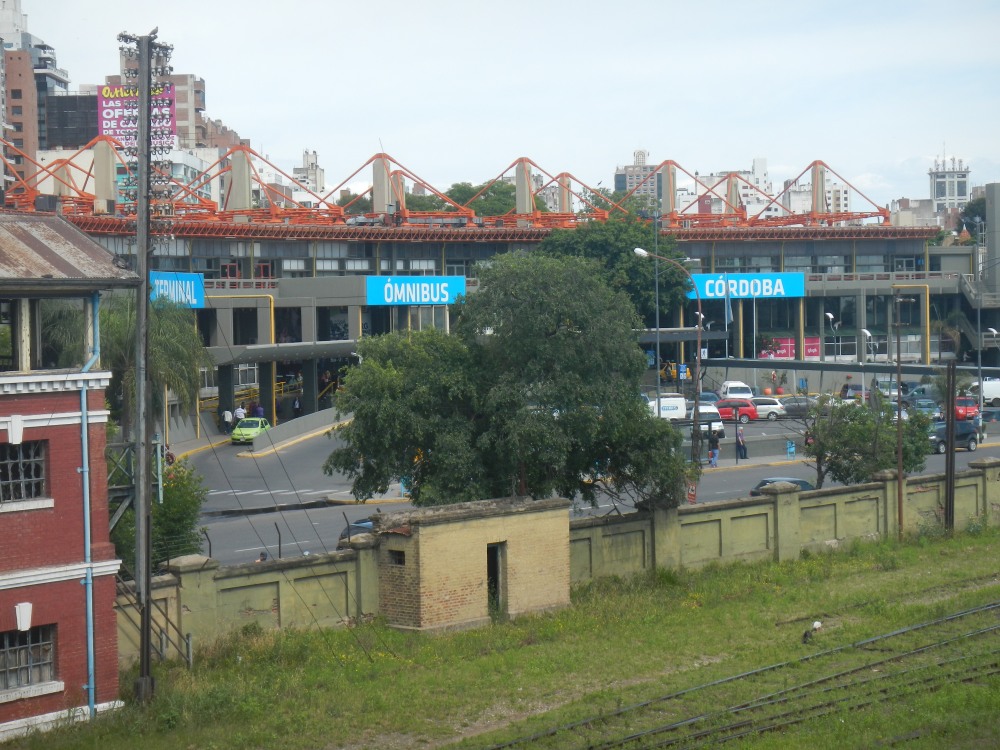







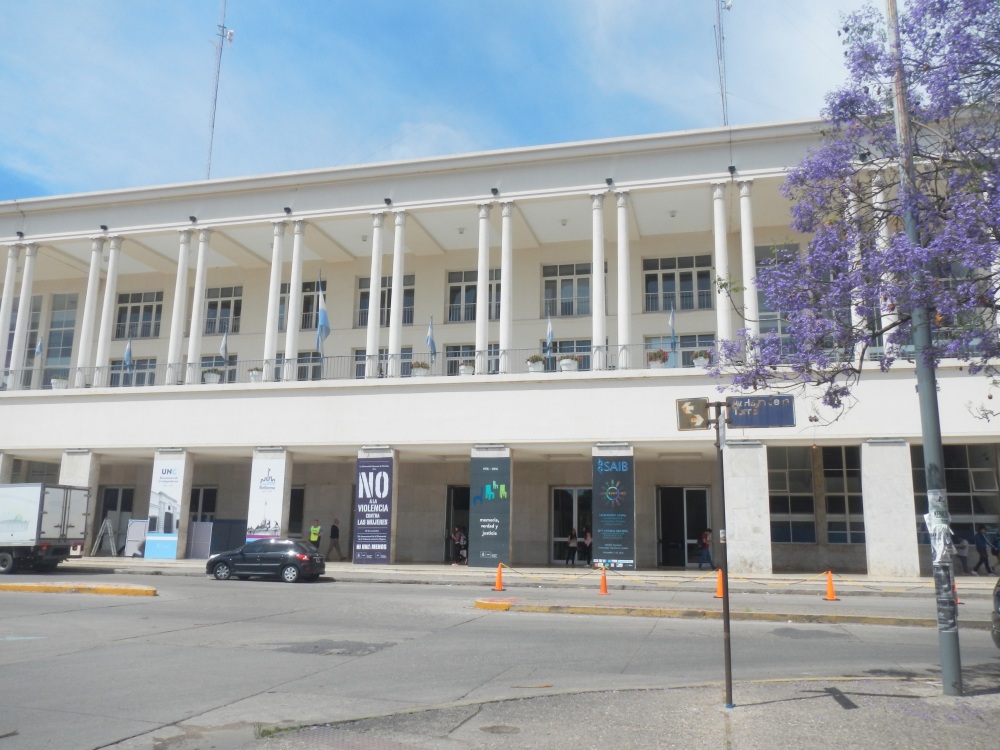
 This is a photo of the avenue next to the Terminal de Omnibus (the bus terminal) and the Department of Transportation in Cordoba. As you can see, there are a lot of taxis (the yellow cars), a remis (which is similar to a taxi) and buses.
This is a photo of the avenue next to the Terminal de Omnibus (the bus terminal) and the Department of Transportation in Cordoba. As you can see, there are a lot of taxis (the yellow cars), a remis (which is similar to a taxi) and buses.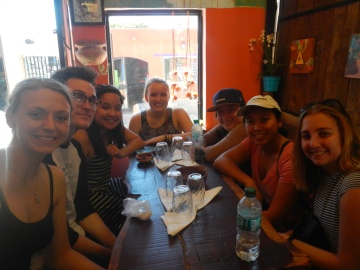

 This is a photo of a circus event that I went to with my family. It was in a neighborhood, in a plaza next to a library, and this was the culminating moment. It was in a plaza, and the performer had a device that was basically a long pole with 4 wires attached to harnesses, and he had four men from the audience help him by leaning back in the harnesses to create tension in the wires to hold the pole in place so that he could climb it and do tricks on top.
This is a photo of a circus event that I went to with my family. It was in a neighborhood, in a plaza next to a library, and this was the culminating moment. It was in a plaza, and the performer had a device that was basically a long pole with 4 wires attached to harnesses, and he had four men from the audience help him by leaning back in the harnesses to create tension in the wires to hold the pole in place so that he could climb it and do tricks on top.


